Delivering vaccines directly to the lungs can boost immune responses to respiratory infections or lung cancer, study finds.
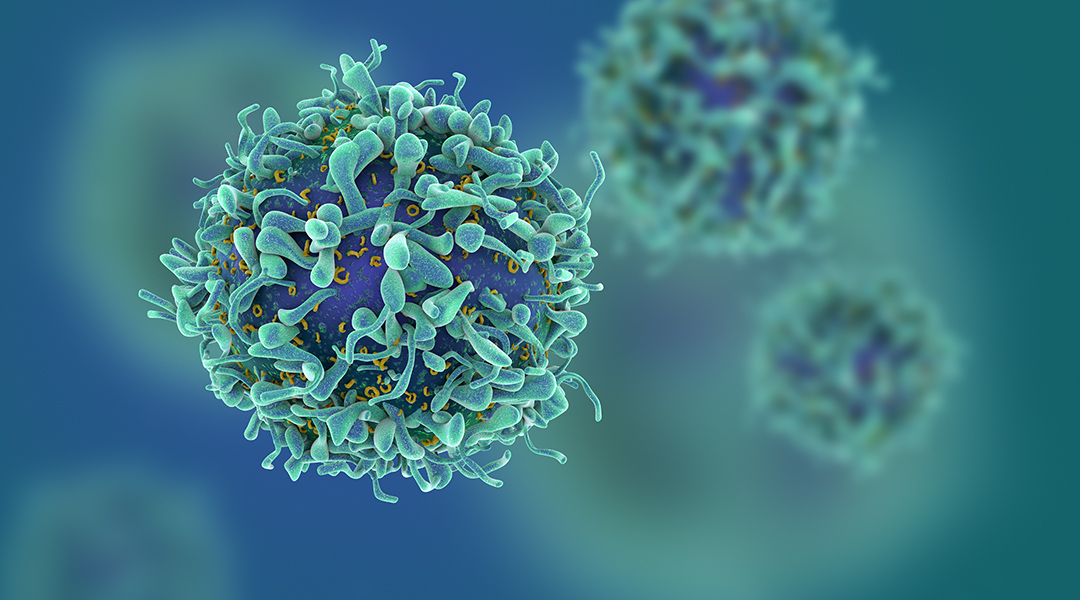

Delivering vaccines directly to the lungs can boost immune responses to respiratory infections or lung cancer, study finds.
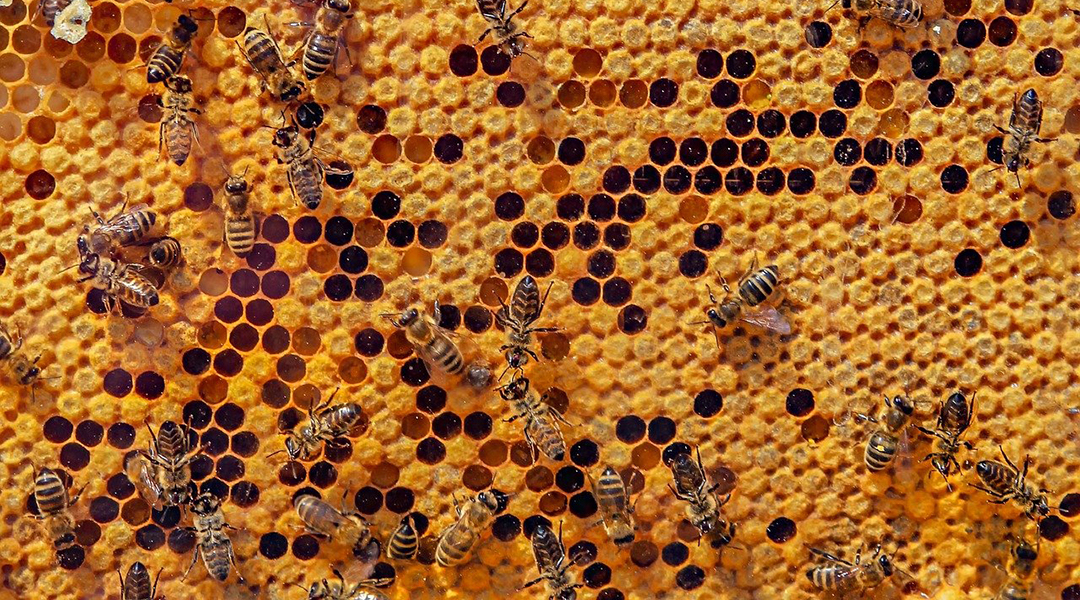
New evidence suggests a hidden “intelligence” of a life-sustaining pathway.

Recent advances in micro- and nanoscale sensing technologies may help diagnose sepsis early and with greater accuracy.

From astronauts to programmers and medical researchers fighting the COVID-19 pandemic, these women are pushing boundaries in STEM.
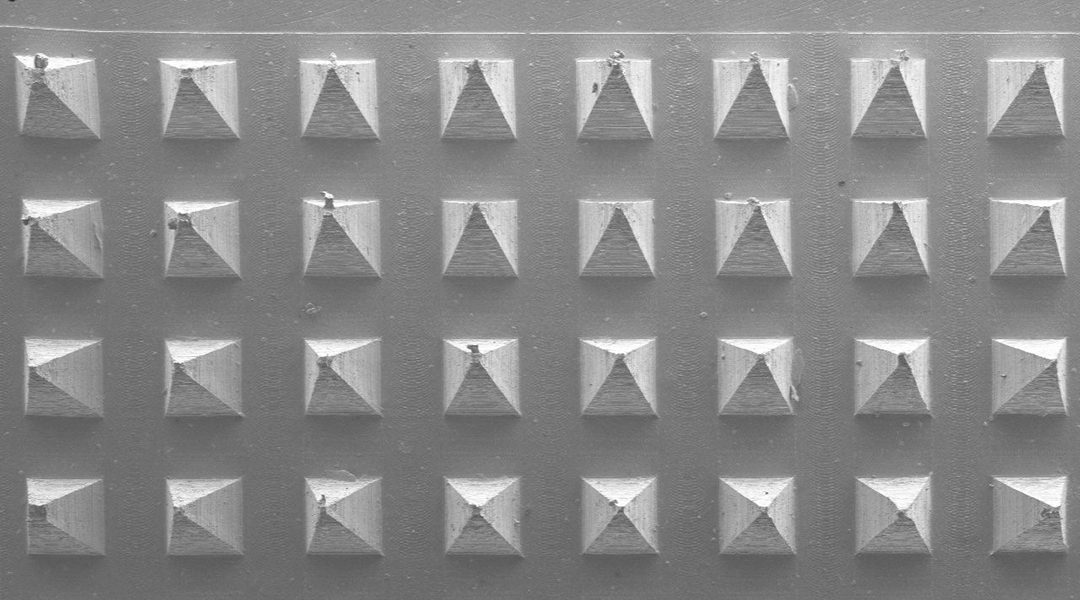
Minimally invasive delivery of capsaicin into adipose tissues under the skin shows promise for countering obesity.
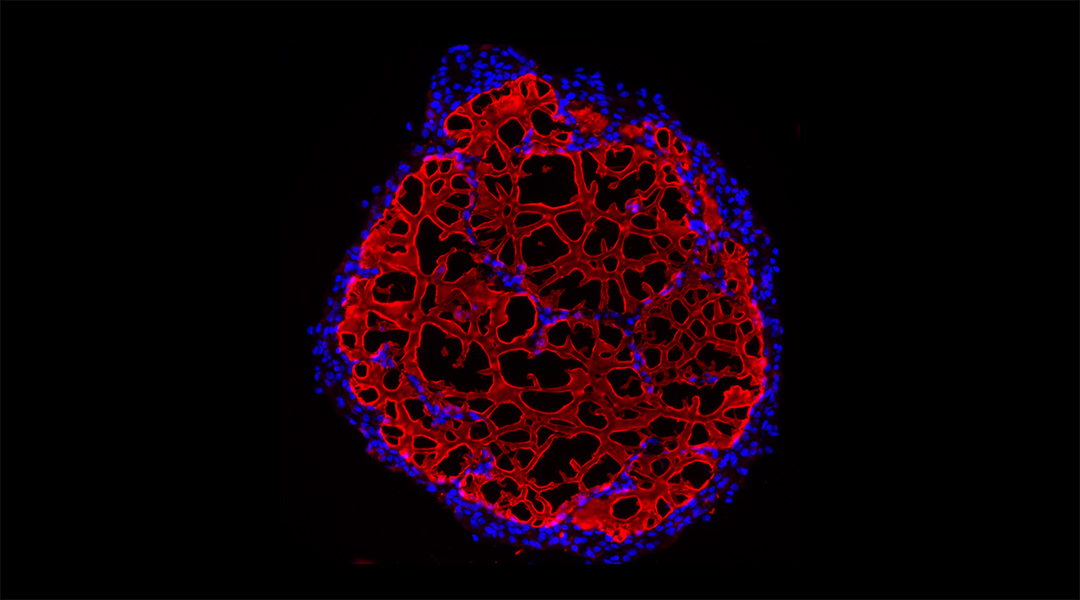
From patchwork liquid marbles, artificial nerve grafts, and giant perovskites, this gallery features a host of incredible images, bringing life to the research behind them.
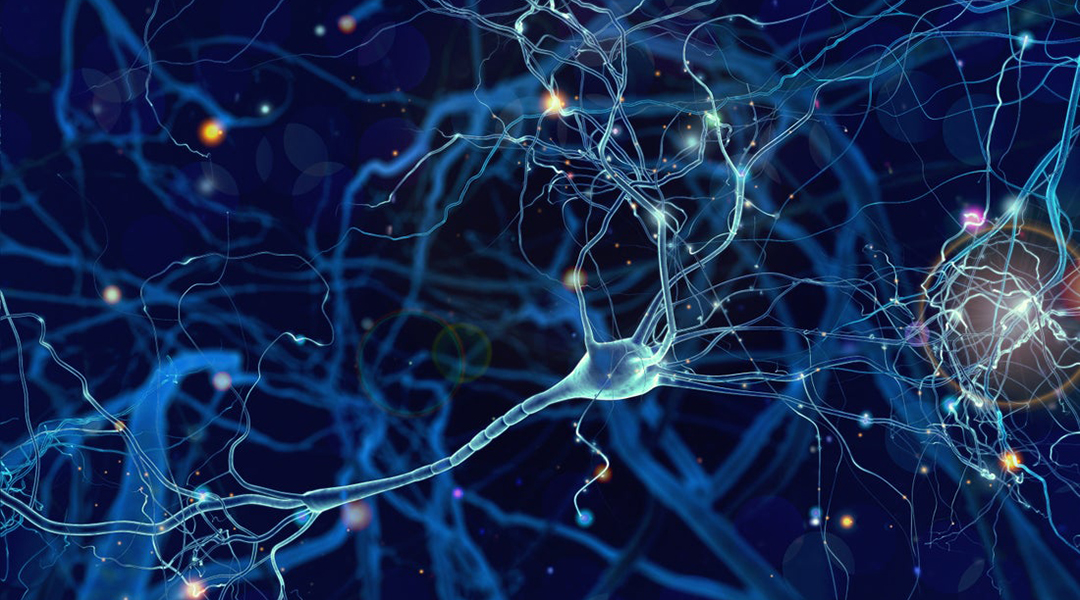
A new study provides hope for Parkinson’s disease, showing that neuron grafts using patients’ own cells have the potential to manage and even reverse symptoms.

The up-and-coming analytical chemist talks social media, engaging the next generation of women in STEM, and her journey through a Ph.D.
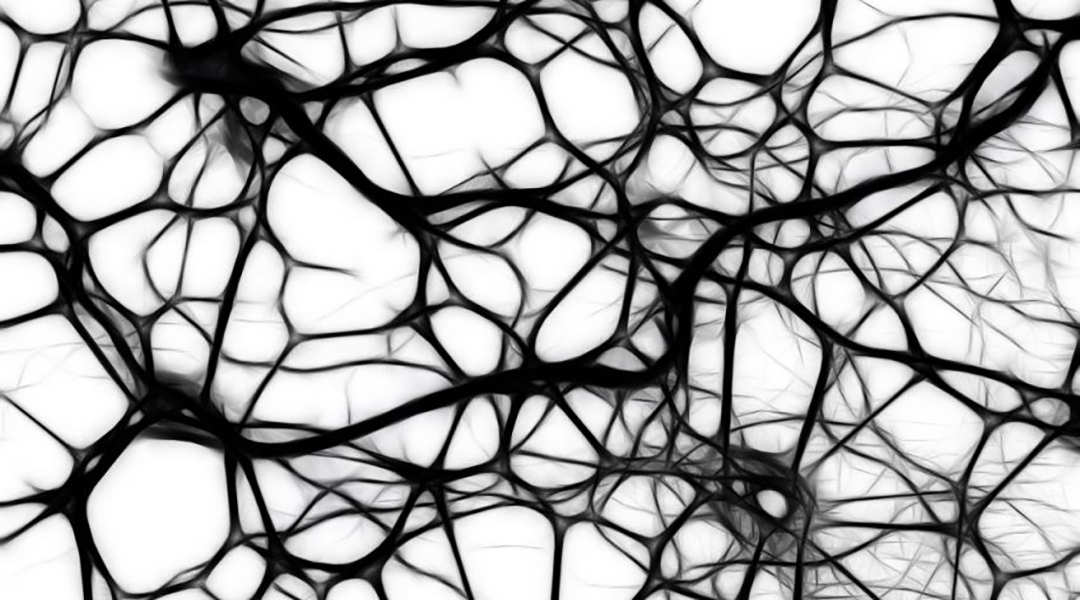
Stem cells are used to model early nervous system development to understand how it is affected by genetic mutations and certain drugs.
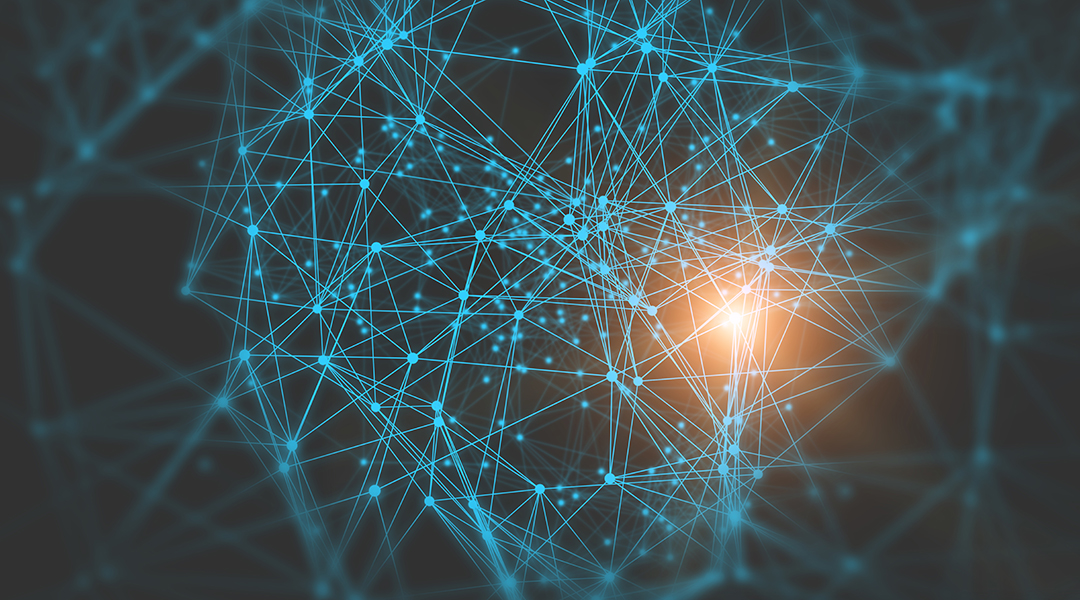
Researchers were able to detect a “needle” of highly fragile quantum information in a “haystack” of nuclei.